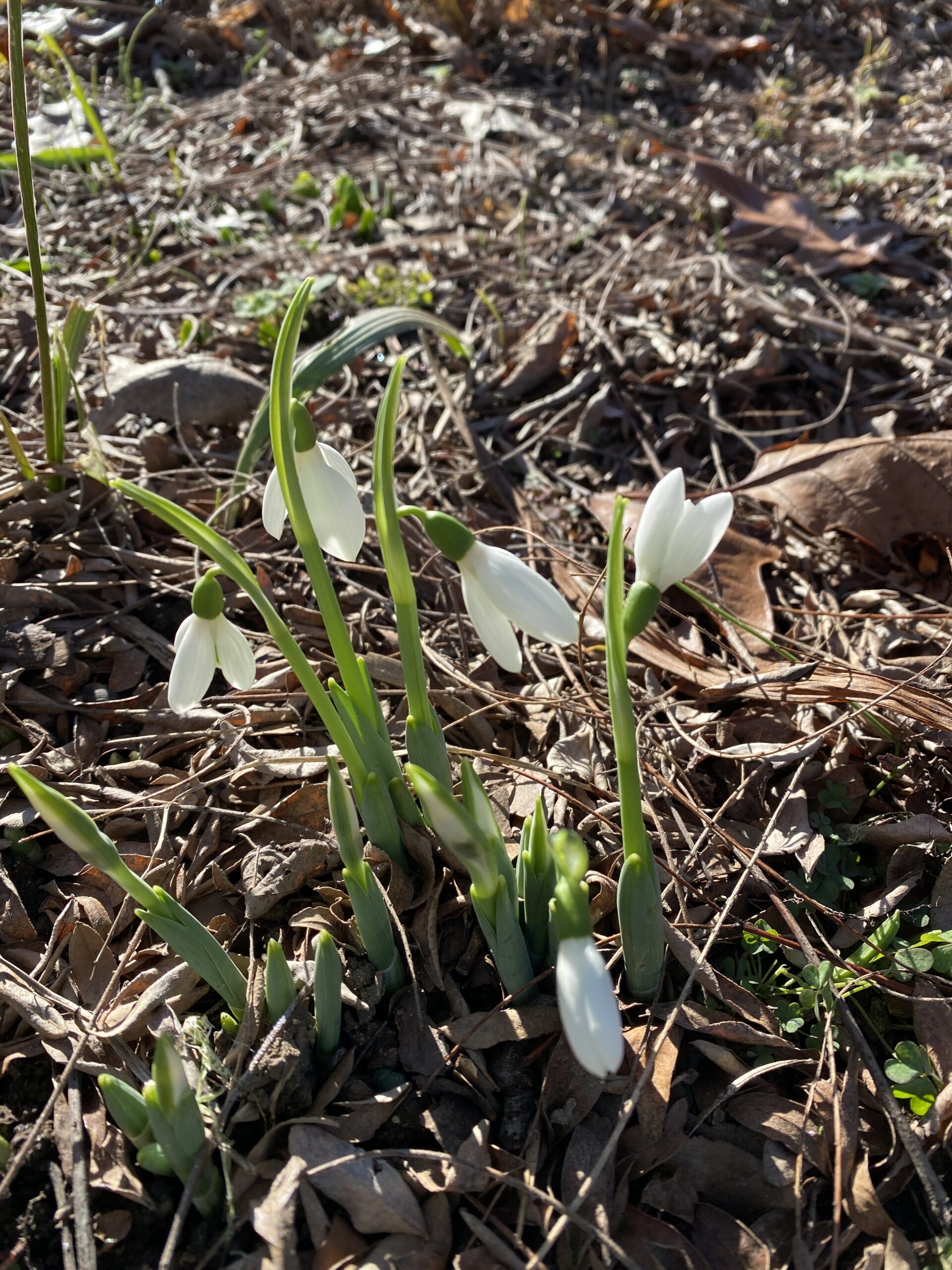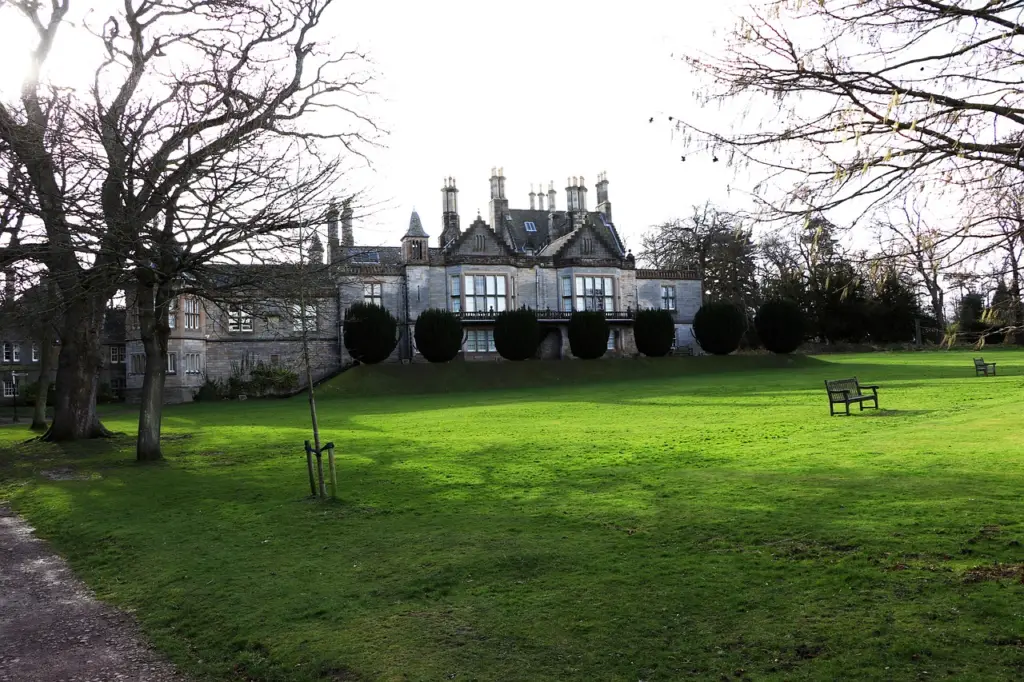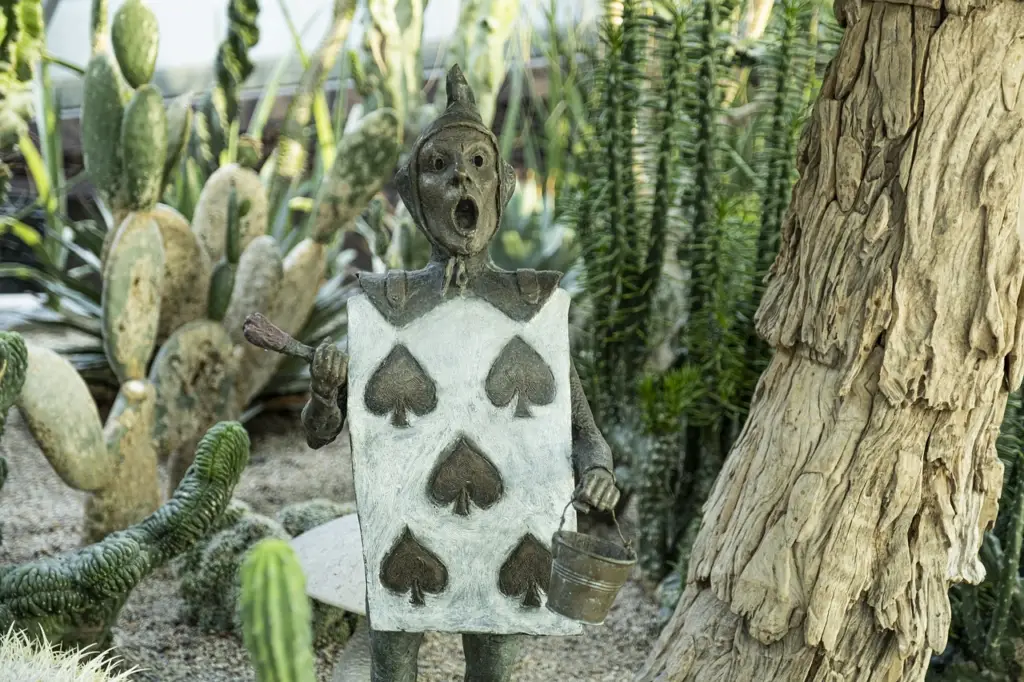[ad_1]
[Orbital Gardens, this is Mission Control. We are confirming acquisition of your signal. You are live in 5, 4, 3, 2, ….
Hello, and welcome to Gardeners of the Galaxy, the podcast for all of the sentient beings in the Universe who have a passion for plants. I’m Emma the Space Gardener, and I will be your host as we explore gardening on Earth… and beyond!]
It’s Gardeners of the Galaxy’s fourth birthday! To have enjoyable this auspicious event, I appeared up what could be an acceptable fourth anniversary current. Traditionally, there are two that match that bill – fruit and flowers. So Ryan and I’ve baked a lemon cake with strawberry frosting and sugar flower decorations, and I’ve picked two pleasant tales from the astrobotany archives to share with you.
We’ll get to that in a second, nevertheless first, I’d want to say a large because of all people who has supported the current, with thoughtful customer appearances, generous financial donations and kindly word-of-mouth ideas. The current wouldn’t nonetheless exist with out you, and I am very grateful! There are plenty of strategies to help the current, and do you have to’d want to be part of the Gardeners of the Galaxy neighborhood, you may discover out additional at theunconventionalgardener.com/boosters.
OK, the cake is ready, the corporate are proper right here, I’m sporting my new Gardeners of the Galaxy t-shirtand it’s social gathering time – so let’s light this candle!
–x–
For closing 12 months’s birthday episode, I instructed a trio of tales about bushes in space – the tree seeds exchanged in the middle of the Apollo-Soyuz Check out Enterprise, the dwarf lemon tree that lived on Mir and the Canadian willow saplings that grew on the Worldwide Space Station. This 12 months, I’m going to talk a few tree that’s bred for space – nevertheless hasn’t been there however.
It’s not that we haven’t grown any fruit in space. We now have, a minimum of botanically speaking. There have been peas and soybeans, the wondrous chillies of PH-04, and – in spite of everything – the occasional tomato. Nevertheless when most people say fruit, they suggest an apple, or a banana, or maybe even some dates.
The difficulty is that these points develop on bushes (or, inside the case of bananas, huge herbaceous flowering vegetation), and the one issue that spacecraft are actually lacking is … space. The vegetation themselves take a really very long time to develop to fruiting age, after which they usually flower and fruit merely yearly. And some of them have pretty specific native climate needs, akin to a protracted interval of winter chill.
A 12 months up to now, Lucas van der Zee at Wageningen Faculty was engaged on producing cultured fruit, i.e. rising fruits in in fermentation-style tanks as an alternative of on bushes. (Since then, he has moreover made crepes will cell wheat.) So that’s one potential reply.
The US Division of Agriculture is working with NASA on one different. On the USDA’s Agricultural Evaluation Service, plant molecular biologist Chris Dardick and his group have been investigating whether or not or not the vital factor lies with the tomato, a plant that will repeatedly flower and produce fruit. They’ve genetically engineered plum bushes to over-express a key flowering regulator gene that causes them to flower regularly and eliminates the need for cold dormancy. They’ve been able to make the bushes flower and fruit inside one to 10 months as compared with the three to seven years that is common for typical plum bushes.
That shall be a very useful trait to have in an space fruit tree, nevertheless it is going to even have benefits on Earth, allowing elevated fruit manufacturing in indoor or urbans farms to feed native residents. Finally, a 2018 look at confirmed that the world would not in the meanwhile produce adequate fruit and veggies to permit all people to eat a nutritious weight loss program.
In actuality, considered one of many causes researchers developed these fast fruits is to vastly velocity up the breeding cycle so that they’re going to develop disease-resistant cultivars in a fraction of the time it may often take. So that will put us one step ahead of pests and pathogens, such as a result of the plum pox virus.
Along with flowering and fruiting much more shortly, the model new plum bushes produce different traits that will make them additional acceptable for space gardening. The altered gene seems to disrupt apical dominance, which means the vegetation are inclined to develop bushy reasonably than tall. An inexpensive amount of pruning might maintain them to the size of, say, a sweet pepper. This smaller growth habits moreover reduces the amount of wood produced, which suggests a lower amount of inedible biomass and the subsequent harvest index.
And there have been unrelated analysis which current that phytochemicals current in plums might help to forestall – or maybe even reverse – bone loss ensuing from publicity to radiation.
Assessments at NASA Kennedy Space Coronary heart in distinction the effectivity of various of the genetically-modified plum genotypes. Raymond Wheeler, Gioia Massa and Gary Stutte then studied the 4 best performers (generally called NASA 5, 6, 10 and 11), which they anticipated to be appropriate with the size constraints of plant growth {{hardware}} on the Worldwide Space Station, akin to Veggie. Their experiment aimed to verify the enlargement and productiveness of the dwarf plums in managed environments beneath the an identical environmental conditions found on the ISS (light, temperature, relative humidity and CO2 diploma). The plan was to find out dwarf plum bushes in managed environment growth chambers and monitor quite a lot of growth and horticultural parameters using flight constraints (rising volumes, environmental conditions, watering strategies and electrical lighting). They may then arrange the feasibility of growth protocols and cultivar alternative for space flight.
They explored rising the vegetation in enterprise potting mixes, with a liquid fertilizer. Many vegetation proved to be delicate to water ranges inside the soil, reacting poorly to overly dry or moist conditions. They tried to reinforce cloning strategies using division cuttings, and monitored leaf transpiration and stomatal conductance fees at two CO2 concentrations.
They found that reliable fruit enchancment required cross pollination using wild type pollen, with NASA-5 and NASA-11 basically probably the most reliable varieties for pollination and fruit set. Based totally on the horticultural challenges and the need for cross pollination, the evaluation group actually useful further testing and additional breeding work sooner than the plum varieties is perhaps thought-about for a spaceflight.
So it seems like it is going to seemingly be a while nonetheless sooner than we’ll plant a little bit bit plum tree inside the orbital yard.
–x–
OK, that was the Fruit, so now for the Flowers.
We’ve all seen zinnias rising on the Worldwide Space Station, nevertheless the story I maintain coming once more to didn’t come to maneuver, and that is Bernard Foing’s plan to develop tulips on the Moon.
Professor Foing is a French scientist on the European Space Firm. In 2005, he was Enterprise Scientist for SMART-1, a spacecraft mapping the lunar ground topography and mineralogy, with the hope that this information would lead to new insights regarding the Moon’s evolution. He was moreover pondering the steps wished to find out human bases on the lunar ground, and whether or not or not the challenges of dwelling there is perhaps eased by one factor as beautiful and delicate as a flower.
He thought the ground of the Moon could also be a wonderful place to aim to flip a desert into an oasis, starting inside a man-made biosphere. He believed that it is rather vital study to develop life on the Moon.
He was part of a bunch that obtained right here up with an concept for a small lunar ecosystem, the First Extraterrestrial Man-Made Ecosystem (or FEMME), and was working with botanical groups inside the Ukraine and the Netherlands, looking at very resistant plant varieties.
Residing inside the Netherlands, Foing crossed a tulip self-discipline on his technique to work, so it’s perhaps pure that his concepts turned to tulips.
“You probably can freeze a bulb,” he said. “You probably can sterilize it. You probably can change it to the Moon after which, with ample water, some heat, and a man-made CO2 ambiance, you may see the flower develop.”
He had colleagues creating miniature cameras, and envisaged watching the tulips develop, day-to-day. The digital digicam is perhaps set to level out Earth inside the background, he thought.
Researchers on the Ukrainian Academy of Sciences in Kyiv had merely demonstrated that marigolds planted in simulated lunar regolith grew greater inside the presence of micro organism that will extract nutritional vitamins from the rock. Foing felt that, as tulips need little in the easiest way of fertilizer, they might sort the premise of a precursor lunar “ecosystem”, housed in an enclosed artificial ambiance with algae and bacterially enhanced lunar soil.
Not solely would the flowers be a sophisticated life science experiment, nevertheless they could help current psychological comfort to the astronauts. Seeing vegetation develop might make them happy, on account of they could see life creating inside the lunar desert.
The Moon tulip was just one occasion of the futuristic, pleasant and possibly even doable ideas dreamt up in Prof Foing’s think-tanks at Esa’s European Space Evaluation and Know-how Centre (Estec) inside the Netherlands. He supplied the ideas on the European Geosciences Union meeting in Vienna, and was putting forward a proposal for a mission known as Moon Subsequent, using a roving car in spherical 2015, or a subsequent Lunar Logistics Lander in 2016 or 2017.
Although we’d in no way see Prof Foing’s tulips rising on the Moon, Artemis III is in the meanwhile scheduled for 2026 and might take LEAF (Lunar Outcomes on Agricultural Flora) to the Moon. LEAF is a scientific endeavour, involving pink and inexperienced brassicas, duckweed and Arabidopsis, nevertheless it’s not going that any of those may have time to flower.
Nonetheless, Interstellar Lab has a plan to develop roses on the Moon. The company’s Little Prince enterprise features a SpaceX Starship launch, Astrolab’s FLEX rover and a miniature mannequin of an Interstellar Lab biopod. And that will all happen, they’re saying, as rapidly as mid-2026.
–x–
That’s it for this episode, so I am going to hand you once more to Mission Administration. CapCom, I’m uncertain a few fruit tree experiment. I don’t want to search out your self with a damson in distress! What do you suppose?
“Orbital Gardens, that’s Mission Administration confirming termination of your signal. The technicians listed below are jealous of your miniature fruit tree experiment. They’re saying it looks like a plum job. Mission Administration out.”
(or use develop a pear if Ryan doesn’t doc the model new outro).
[Orbital Gardens, this is Mission Control confirming termination of your signal. The higher ups are recommending you try a fruit experiment next. They know you’re nervous, but they think you should grow a pear! Mission Control out.]
[ad_2]
Provide hyperlink
- 3 Indicators Your Onions Are Able to Harvest – Backyard Betty - 1 July 2025
- Planting Methods & Seasonal Upkeep [6.14.25] - 19 June 2025
- June However Nonetheless Not Actually Summer time - 19 June 2025


